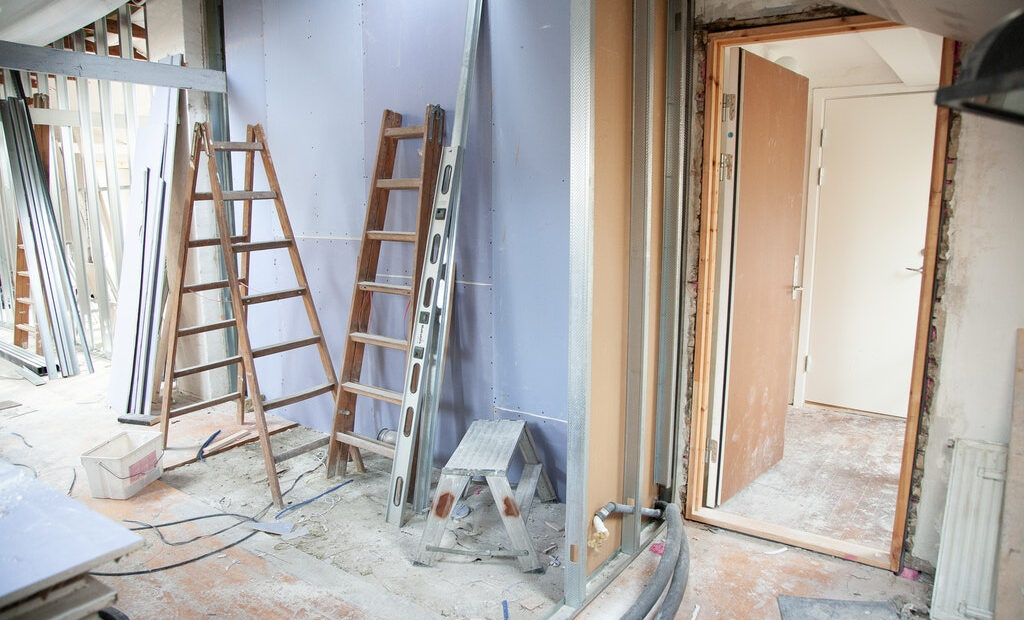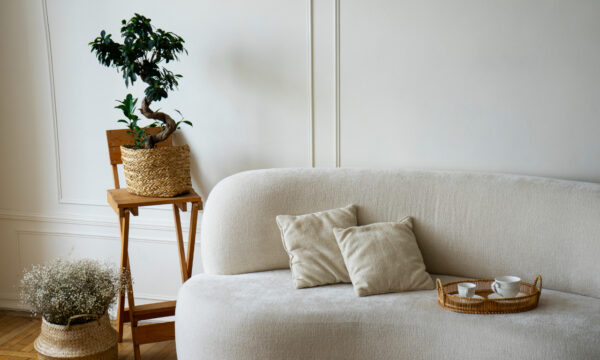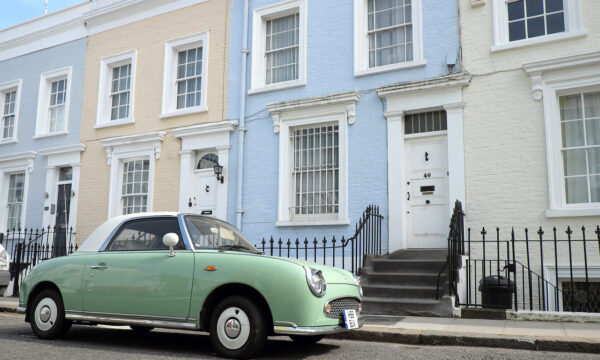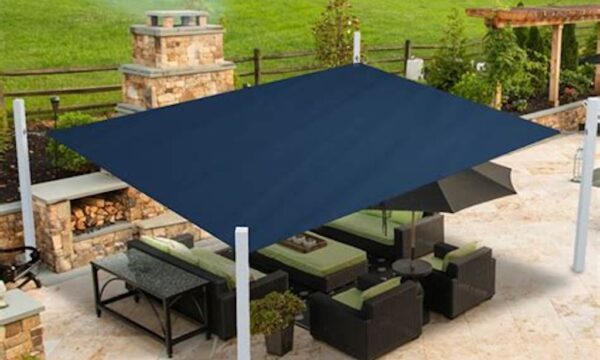Wallpaper vs paint: Which is better?

Interiors complete a home. Furnishing is essential, but nothing will look right if the walls don’t look good. Regardless of whether paint or wallpaper is used, either will significantly affect the aesthetics of the home, so focusing on the walls first is a good idea.
Before picking a shading plan, it’s necessary to decide what will be on the wall. Both wallpapers and paints have their upsides and downsides, and it’s a significant choice to make
Assuming it’s possible to settle on one route or the other, the decision could wind up being a costly misstep that would be easy to regret. Here, we will check specific factors that assist with choosing a which option will work best in the circumstances.
Cost
Even though the actual expense relies upon the nature of the wallpaper or paints chosen, there is a sure distinction in cost between wallpapers and paints. Wallpapers have a high initial price as in many cases they can involve complex manufacturing processes, plus professional installation or at least the tools to DIY it. The wallpaper applied must also coordinate with the decor and theme of the room, avoiding any clashing of patterns.
Interior wall paints are usually much less expensive than wallpaper at the outset, but painting often requires professional help and in any case takes time, which as everyone knows is money.
Durability
Though the cost of wallpaper is high, its sturdiness makes for it. Wallpaper can endure for 15 years or more, being both durable and of good quality.
On the other hand, wall paints tend to get damaged quickly. Paint can keep going on an inclined surface for 5 or 6 years, but touch-ups will be necessary now and then.
Maintenance
As often as painted walls get damaged, minor flaws can be covered by repainting or spot fixing without much effort. The repainting can in most cases be made to match the current tone so that it isn’t necessary to tackle the whole room.
Wallpapers are not, in fact, invulnerable to stripping, scraping or tearing, and fixing a tiny flaw will necessitate restarting the whole process of stripping and gluing, which is more tedious than repainting. And, indeed, even without buying new wallpaper, using the extra rolls from the first papering might not coordinate with the existing wallpaper as natural light can bleach it.
Use
Wallpaper is only appropriate for specific rooms in the home – it’s a definite no-no for kitchens and bathrooms, where it can curl or grow mould. It is better suited to lounge areas and spaces with slight moisture and less footfall. Wallpapers are also not advisable for those living in a humid climate.
Wall paints are appropriate for any room as they tend to repulse dampness from their surface. Likewise, there are proper paints and shadings for different climatic conditions.
Planning
The time needed for setting up the surfaces for introducing wallpapers is significant. Any blemishes or damage should be fixed first as the wallpaper will generally highlight any flaws on the walls.
In contrast, wall paints require minimum preparation time (though sanding and creating a clean surface is necessary), and in most cases will covers flaws.
Appearance and finish
Not all tones combine well for optimal aesthetics. Using irregular tones or patterns on walls may look cumbersome and awkward, whereas with paint there are fewer variables to consider. Making different plans and patterns for interiors work in combination can be difficult.
That said, there is a neverending selection to browse. With the extraordinary leaps made in automatic printing and wallpaper brands, like those offered at EazzyWalls, you can find unlimited patterns and combinations to suit any interior.
Does it really have to be either/or?
Wallpaper and paint have their advantages and disadvantages – choosing between the two depends on the priorities of the homeowner and conditions they’ll be installed in. Both give an excellent feel when used with balance, and can complement each other when used together. Undoubtedly, wall paint is generally reasonable and can easily to be utilised in any environment or room (even over wallpaper that’s no longer wanted!).
The bottom line is that either will work, depending on the setting, and often mixing and matching both will achieve the best result for a home (a papered feature wall in an otherwise painted room can make a very effective impact, for example). Whatever is used should be the best quality for optimal looks and longevity. There are various outlets supplying each online, and it’s always a good idea to read reviews before going ahead with a purchase. They are a one-stop solution for those looking for high-quality and durable wallpapers, and may be a good place to start.
The editorial unit

























Facebook
Twitter
Instagram
YouTube
RSS